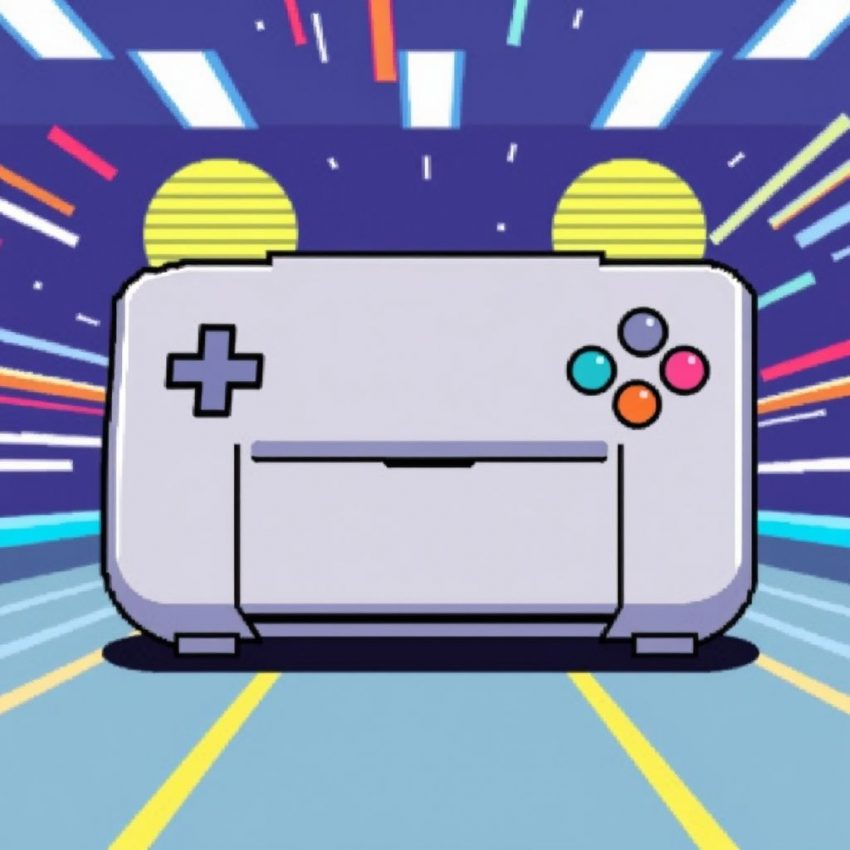The SNES Speed Demon: Why Faster Isn't Always Better
The Super Nintendo Entertainment System (SNES), a beloved console etched in the memories of millions, is known for its vibrant 16-bit graphics, iconic soundtracks, and a library of classic games. But recently, a fascinating quirk of its hardware has resurfaced, revealing that many SNES consoles run faster than intended. While this might sound like a bonus, it's actually causing a range of subtle yet significant problems. The culprit? Cheap, unreliable ceramic resonators.
The Heart of the Timing Issue:
At the heart of every SNES lies the APU (Audio Processing Unit), responsible for generating both sound and crucial timing signals for the entire system. This timing dictates everything from game speed to controller responsiveness. The SNES relies on a ceramic resonator within the APU to maintain the correct frequency, acting like a tiny metronome for the console's internal orchestra. However, these resonators are notoriously inaccurate and susceptible to environmental factors like temperature fluctuations.
The "Faster SNES" Phenomenon:
The inherent instability of these ceramic resonators means many SNES consoles operate at a slightly higher frequency than the intended 21.47727 MHz. This deviation, while seemingly minor, has a "constant, pervasive, unavoidable" impact on gameplay, as described by those researching the issue. It manifests in subtle ways:
- Faster Music: The most immediately noticeable effect is that music often plays slightly faster, sometimes noticeably altering the intended composition.
- Increased Game Speed: Games themselves can run faster, introducing subtle changes to gameplay mechanics and difficulty. Imagine slightly faster enemy movements or a shorter window for platforming jumps.
- Desynchronization Issues: More critically, this timing discrepancy can lead to desynchronization issues, particularly in multiplayer games or when using certain peripherals. Input lag can become more pronounced, impacting the overall gaming experience.
Why is this a problem?
While some might argue that a slightly faster game isn't a big deal, the inconsistencies introduced by these unreliable resonators create a problem for preservationists and speedrunners. The intended experience is altered, making it difficult to accurately replicate the original gameplay. Speedrunners, who rely on precise timing, face an uneven playing field as different consoles exhibit varying degrees of speed deviation.
The Solution:
Fortunately, there's a solution. Replacing the original ceramic resonator with a more stable, modern oscillator offers significantly improved accuracy and consistency. This relatively simple modification ensures that the SNES runs at the intended frequency, preserving the authentic gameplay experience and creating a level playing field for speedrunners.
The Takeaway:
The "faster SNES" phenomenon highlights the importance of understanding the nuances of retro hardware. While a slightly faster game might seem innocuous, it underscores the impact even minor component variations can have on the overall experience. By addressing this issue, we can ensure that future generations can experience these classic games as they were originally intended, preserving the legacy of the Super Nintendo for years to come.
Don’t miss out on this exclusive deal, specially curated for our readers! Ring Battery Doorbell Plus (Newest Model): The Ultimate Smart Doorbell for Your Home
This page includes affiliate links. If you make a qualifying purchase through these links, I may earn a commission at no extra cost to you. For more details, please refer to the disclaimer page. disclaimer page.

